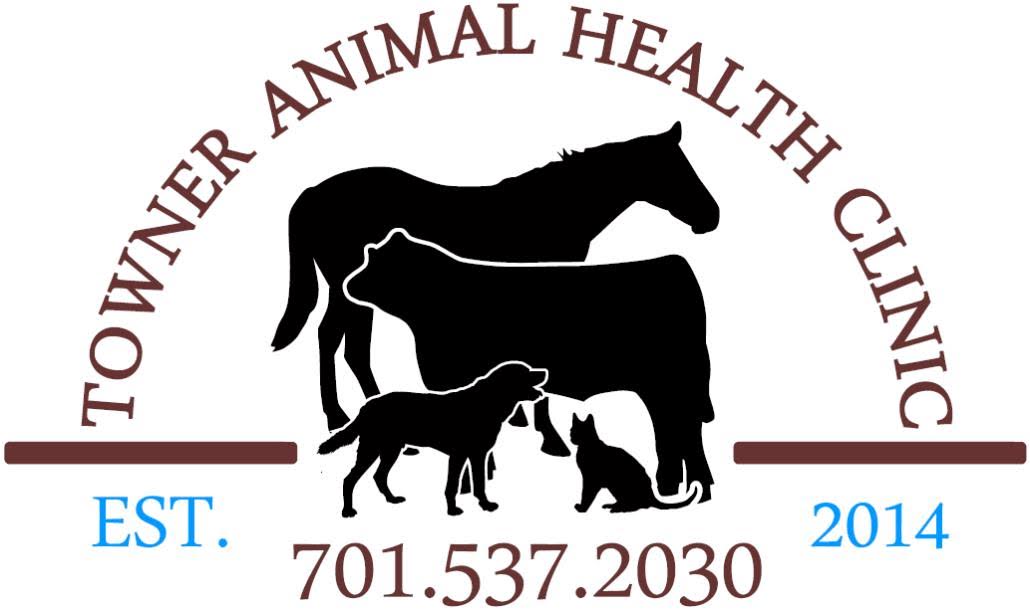Library
-
Once your dog reaches adulthood, his nutrient profile changes from when he was a puppy. Your veterinarian can help you determine what proportion of each nutrient is needed based on your dog’s lifestyle and current body condition. Avoid free-feeding and work on a meal schedule. Following these steps can help your dog lead a healthier life and avoid becoming overweight or obese.
-
X-ray images are produced by directing X-rays through a part of the body towards an absorptive surface such as an X-ray film or electronic sensor. The image is produced by the differing energy absorption of various parts of the body. Bones are the most absorptive and leave a white image on the screen, whereas soft tissue absorbs varying degrees of energy depending on the density, producing shades of gray on the image. Air on an X-ray is black. X-rays are a common diagnostic tool used for many purposes.
-
X-ray images are produced by directing X-rays through a part of the body towards an absorptive surface such as an X-ray film or electronic sensor. The image is produced by the differing energy absorption of various parts of the body. Bones are the most absorptive and leave a white image on the screen, whereas soft tissue absorbs varying degrees of energy depending on the density, producing shades of gray on the image. Air on an X-ray is black. X-rays are a common diagnostic tool used for many purposes.
-
Dogs can be amazing family members and greatly enrich our lives! Adding a dog to the family is also a serious commitment, and research before choosing a dog will help set the family and the dog up for success. This handout goes over some factors to consider when selecting a dog.
-
Running a veterinary clinic has a lot of overhead and behind the scenes cost that many pet owners aren't aware of. Human healthcare is far more expensive and less efficient than you realize. Plan ahead and take preventive steps to help reduce treating costly problems.
-
Many dogs will instinctively hide their pain as a survival mechanism which in the past, led well-meaning experts to presume that dogs did not feel pain the same way humans do. Although the signs may be subtle, careful observation of a dog’s everyday behaviors will often reveal pain when it is present. These signs may include changes in behavior, mobility, and appetite. Common pain medications include NSAIDs, opioids, and other therapeutics. Your veterinarian will choose the appropriate drugs based on your dog’s specific needs.
-
Most cats instinctively hide their pain as a survival mechanism which can make detecting pain in cats a challenge. Although the signs may be subtle, careful observation of a cat’s everyday behaviors will often reveal pain when it is present. These signs may include changes in behavior, mobility, elimination, and grooming habits. Common pain medications include NSAIDs and opioids. Your veterinarian will choose the appropriate drugs based on your cat's specific needs.
-
Glomerulonephritis, also known as glomerular nephritis (GN), is a type of renal (kidney) disease characterized by inflammation of the glomeruli (filtration units) in the kidneys. When these structures are damaged, kidney function is greatly impaired and toxins build up in the body, causing serious illness.
-
Glomerulonephritis, also known as glomerular nephritis (GN), is a type of renal (kidney) disease characterized by inflammation of the glomeruli (filtration units) in the kidneys. When these structures are damaged, kidney function is greatly impaired and toxins build up in the body, causing serious illness.
-
Quality of life is a way to refer to and discuss the day-to-day life and lifestyle of a dog reaching the end of its life. A quality-of-life scale for cats can help owners and veterinarians work together to maintain a healthy human-animal bond. The scale looks at seven different categories including hurt, hunger, hydration, hygiene, happiness, mobility, more good days than bad. The scale can help clarify the decisions and anxiety related to your dog’s end of life care.

